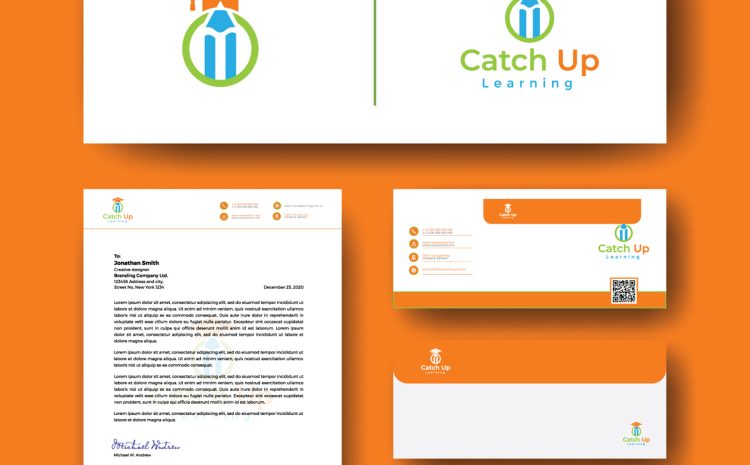Catch Up Brand Identity Design
Brand identity design is the visual representation of a brand’s values, personality, and essence. It encompasses various elements such as logos, color palettes, typography, imagery, and other visual assets that collectively communicate the brand’s identity to its audience. It’s not just about creating an attractive logo; it’s about crafting a cohesive visual language that resonates with the target audience and distinguishes the brand from its competitors.
A well-executed brand identity design can evoke emotions, convey a sense of trust and credibility, and ultimately influence consumer perceptions and behavior. Here are some key components of brand identity design:
1. **Logo**: The logo is often the most recognizable element of a brand’s identity. It should be unique, memorable, and versatile enough to be used across various mediums and platforms.
2. **Color Palette**: Colors play a crucial role in brand identity as they can evoke specific emotions and associations. A carefully chosen color palette helps establish the brand’s personality and differentiate it from others in the market.
3. **Typography**: The choice of fonts and typography contributes to the overall look and feel of the brand. Whether it’s bold and modern or elegant and traditional, typography should reflect the brand’s voice and resonate with its target audience.
4. **Imagery**: Images and visuals help reinforce the brand’s message and values. Whether it’s photography, illustrations, or graphics, imagery should align with the brand’s identity and create a cohesive visual experience for the audience.
5. **Brand Guidelines**: Brand guidelines serve as a roadmap for maintaining consistency in brand identity across various touchpoints. They outline rules and specifications for using brand elements to ensure uniformity and coherence in communication.
6. **Packaging Design**: For consumer goods brands, packaging design is a crucial aspect of brand identity. It not only protects the product but also serves as a powerful marketing tool, attracting consumers and conveying brand values through visual elements.
7. **Digital Presence**: In today’s digital age, a brand’s online presence is just as important as its offline presence. From website design to social media graphics, digital assets should align with the brand’s identity and provide a seamless experience for users across different channels.
Effective brand identity design goes beyond aesthetics; it’s about creating a meaningful connection with the audience and fostering brand loyalty. By investing in thoughtful and strategic design, brands can differentiate themselves in a crowded marketplace and leave a lasting impression on consumers.



